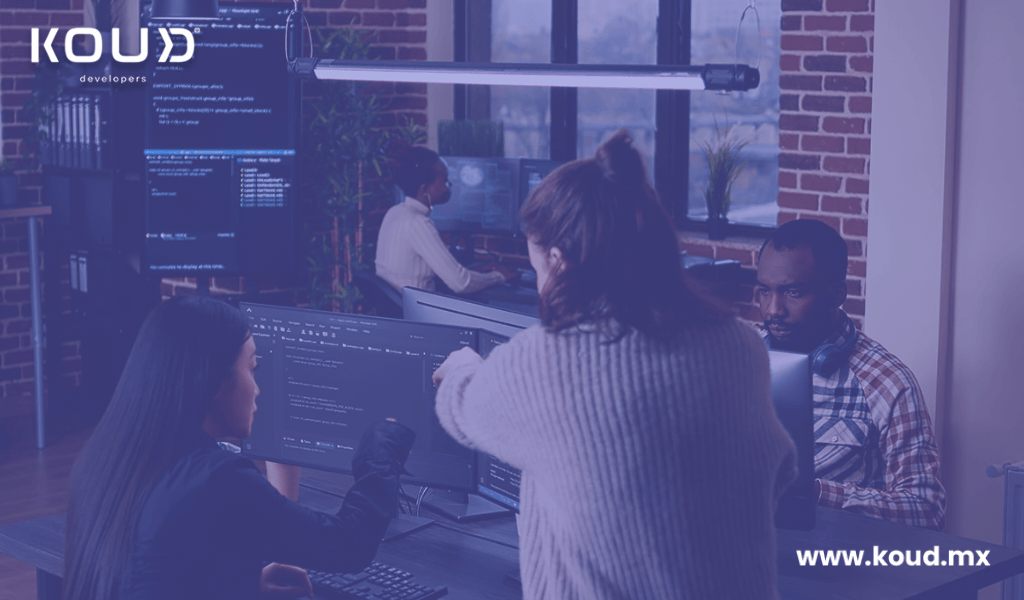What we learned after migrating an ERP in a manufacturing company
Migrating an ERP system in an industrial company is as complex as it is strategic. It’s not just about replacing a technological platform — it’s about transforming how the organization works, how it organizes itself, and how it makes decisions. In this case study, a national manufacturing company decided to replace its legacy ERP system with a more modern, flexible solution aligned with its new growth goals. I was part of the team responsible for change management and technical implementation, and in this article, I’ll share the key lessons we learned throughout the project.
Starting Point: An Obsolete And Inflexible ERP System
The previous system had been in operation for over 10 years. While it served its purpose for a long time, several critical limitations emerged over time:
An unintuitive interface with confusing menus and rigid processes.
Lack of up-to-date technical support; most issues were resolved with temporary fixes that didn’t solve the root problems.
Incompatibility with new tools, especially those related to mobility, advanced data analysis, and dynamic reporting.
Dependence on custom developments for basic tasks such as generating reports or modifying workflows.
All of this led to frustration among users, operational inefficiencies, and challenges in scaling the business. Operational teams were too dependent on intermediaries to resolve issues or make system adjustments, slowing down day-to-day activities.
The Decision: Migrating To A Modern, Modular ERP
After a structured evaluation process, the company chose a modular ERP platform specifically designed for manufacturing operations. The main advantage of this new solution was its high customization capacity without the need for custom development for every single functionality.
The project objectives were clear:
Unify critical processes such as production, inventory, procurement, and sales.
Reduce execution times for key operational tasks.
Improve traceability and enable real-time reporting.
Increase operational team autonomy by minimizing dependency on the IT department for everyday tasks.
A phased migration strategy was defined. The rollout began with the modules that would generate the greatest immediate operational impact, such as production and inventory, followed by sales, finance, and integrated reporting.
Lessons Learned During The Process
Beyond the technical aspects, the project provided valuable insights that can apply to any ERP migration in industrial environments:
Migration Is Not Just Technical — It’s Cultural
The biggest challenge wasn’t deploying the new software — it was shifting mindsets. Moving to a modern ERP meant leaving behind old habits and familiar workflows. We invested significant time in awareness, internal communication, and continuous training to prepare the entire team for the shift.
Data Cleansing Is Non-Negotiable
Before migration, we conducted a thorough data cleaning process: product catalogs, bills of materials, vendor lists, and historical records were reviewed and streamlined. While this task was tedious, it prevented duplications, errors, and future operational conflicts.
Involving Key Users Improves Adoption
From the outset, area-specific working groups were formed with key users actively participating in pilot tests, validation stages, and ongoing feedback. This ensured that issues were caught early and that users felt ownership of the new system.
The Right Technology Partner Makes A Difference
Selecting a provider with proven expertise in manufacturing ERP implementations was a decisive factor. Their experience helped us resolve unforeseen challenges and adapt the new system to real-world workflows without compromising strategic goals.
The Migration Doesn’t End When The System Goes Live
The first three months post-implementation were critical. Close support for operational teams during this period allowed us to quickly make necessary adjustments, resolve user doubts, and solidify adoption of the platform in daily operations.
Outcome: A More Agile, Scalable Operation
Today, the company benefits from:
Fully integrated, end-to-end, traceable processes — from procurement to order fulfillment.
A 30% reduction in operational errors due to standardized workflows.
Real-time visibility of key metrics like production output, inventory levels, and sales.
More autonomous teams with less reliance on external support.
The ERP migration didn’t just modernize the company’s technology infrastructure — it marked the start of a new phase of efficiency, productivity, and sustainable growth for the entire organization.
This case demonstrates once again that investing in well-structured digital transformation processes leads to tangible, measurable, and sustainable returns.
Empresa
- Nosotros somos
Somos una empresa mexicana con más de 12 años de trayectoria en la industria
Servicios
- Desarrollo de Software a la medida
- Staffing TI
- Headhunting TI
Contacto
- +52 1 33 2342 9770
- letskoud@qa.koud.mx
- Av. Patria 2085 int. 175 piso 1 puerta de hierro Zapopan Ja. 45116


